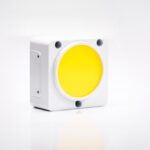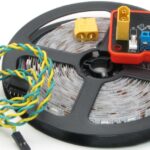
LED Grow Lights for Indoor Garden
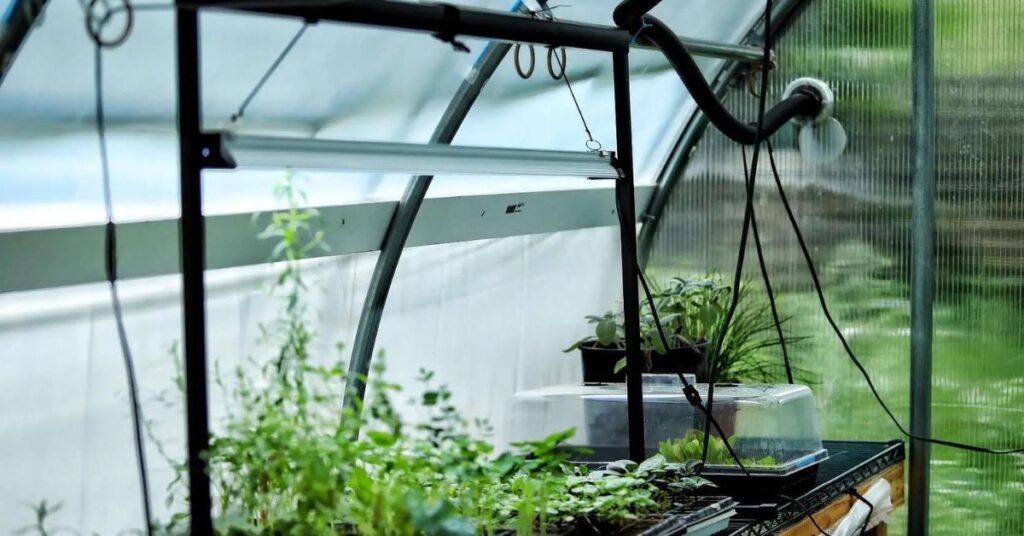
LED grow light has revolutionized indoor gardening, providing plant enthusiasts with a powerful tool to nurture their greenery effectively. As technology advances, these lights have become increasingly popular due to their numerous benefits over traditional lighting options. In LM LED you can find all types of light if you are looking for Parking Lot Lights read our article.
Benefits of LED Grow Lights
Energy Efficiency
One of the most significant advantages of LED grow lights is their energy efficiency. Unlike conventional lighting, LEDs consume minimal energy while providing ample light for plant growth. This efficiency translates to lower electricity bills and reduced environmental impact.
Customizable Spectrum
LED grow lights offer a customizable spectrum tailored to different stages of plant growth. By adjusting the light spectrum, growers can optimize photosynthesis, resulting in healthier plants and higher yields. This flexibility is especially beneficial for indoor gardens with diverse plant varieties.
Low Heat Emission
Unlike traditional lighting options such as incandescent or fluorescent bulbs, LED grow lights emit minimal heat. This not only creates a more comfortable environment for plants but also reduces the risk of heat damage or fire hazards, making them safer to use in confined spaces.
Factors to Consider When Choosing LED Grow Lights
Light Spectrum
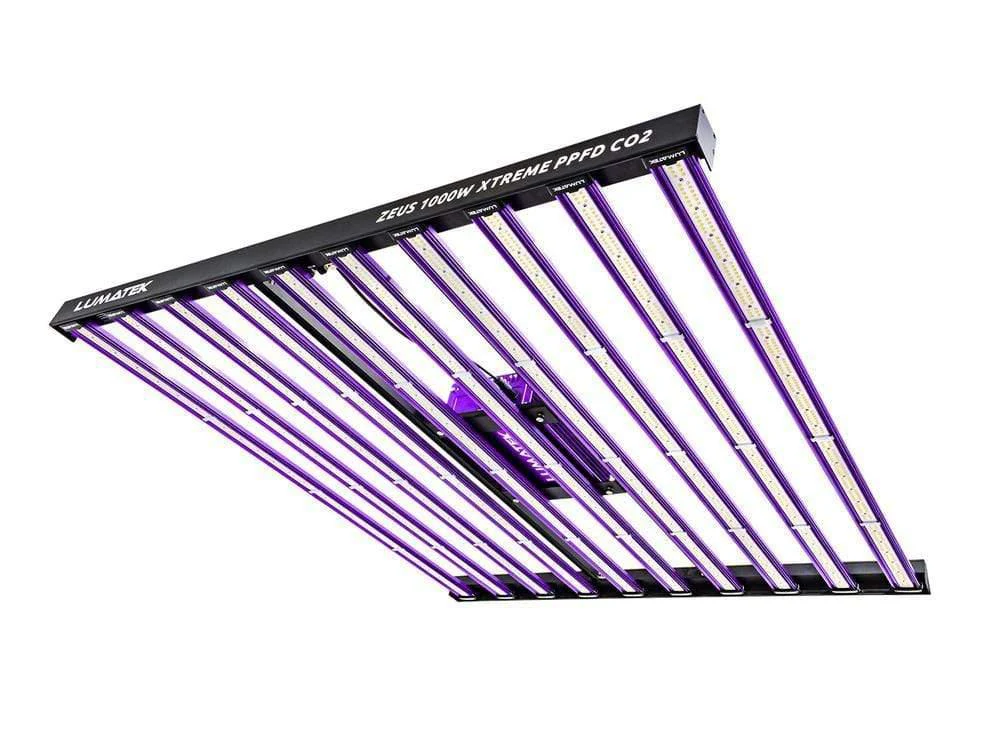
When selecting LED grow lights, consider the spectrum they offer. Full-spectrum lights provide a wide range of wavelengths, mimicking natural sunlight and supporting all stages of plant growth. Alternatively, red and blue LED lights are ideal for promoting flowering and fruiting, while white LEDs offer a balanced spectrum for overall growth.
Wattage and Coverage Area
The wattage and coverage area of LED grow lights determine their effectiveness in illuminating your garden. Higher wattage lights are suitable for larger spaces, ensuring adequate light distribution across all plants. Additionally, consider the light’s coverage area to ensure uniform growth and maximum efficiency.
Durability and Lifespan
Invest in LED grow lights with durable construction and a long lifespan to maximize their value. Quality fixtures are built to withstand the rigors of indoor gardening, offering reliable performance year after year. Additionally, look for lights with warranties or guarantees to protect your investment.
Types of LED Grow Lights
Full Spectrum LED Grow Lights
Full spectrum LED grow lights provide a balanced spectrum of light suitable for all stages of plant growth. These lights mimic natural sunlight, promoting healthy development from seedling to harvest. They are ideal for indoor gardens with a variety of plants and offer versatility and efficiency.
Red and Blue LED Grow Lights
The Red and blue LED grow lights are tailored to specific stages of plant growth, making them ideal for optimizing flowering and fruiting. Red light stimulates flowering, while blue light encourages vegetative growth. By combining these wavelengths, growers can customize their lighting setup for maximum productivity.
White LED Grow Lights
White LED grow lights offer a balanced spectrum of light similar to natural sunlight. They provide optimal conditions for photosynthesis and overall plant health. White LEDs are versatile and suitable for a wide range of plants, making them a popular choice among indoor gardeners.
Setting Up LED Grow Lights
Hanging Height and Positioning
Proper positioning of LED grow lights is essential for optimal plant growth. Hang lights at the appropriate height to ensure uniform coverage without causing light burn or shadowing. Adjust the height as plants grow to maintain the ideal light intensity.
Light Cycle and Duration
Establish a consistent light cycle for your indoor garden to mimic natural daylight patterns. Most plants require around 12 to 16 hours of light per day for optimal growth. Use timers to automate the light cycle and ensure plants receive the right amount of light each day.
Supplemental Lighting
In addition to overhead lighting, consider supplementing with side or bottom lighting to ensure all parts of your plants receive adequate light. Supplemental lighting can help prevent leggy growth and promote even development, especially in densely planted areas.
Top LED Grow Lights on the Market
Brand A: Features and Benefits
Brand A offers high-quality LED grow lights designed for maximum efficiency and performance. Their fixtures feature a full spectrum of light, customizable intensity settings, and durable construction. With easy installation and reliable operation, Brand A lights are a top choice for indoor gardeners.
Brand B: Features and Benefits
Brand B specializes in red and blue LED grow lights tailored to specific plant growth stages. Their fixtures are compact yet powerful, delivering targeted light wavelengths to promote flowering and fruiting. With energy-efficient operation and long-lasting reliability, Brand B lights are a favorite among growers.
Brand C: Features and Benefits
Brand C stands out for its innovative white LED grow lights, offering a balanced spectrum for all-around plant growth. Their fixtures feature advanced technology for precise light output and optimal efficiency. With sleek design and user-friendly controls, Brand C lights are an excellent choice for any indoor garden.
Tips for Maximizing LED Grow Light Efficiency
Regular Maintenance
Keep your LED grow lights clean and free of debris to ensure optimal performance. Regularly inspect fixtures for dust or dirt buildup and clean as needed. Replace any damaged or malfunctioning components promptly to prevent disruptions to your garden.
Monitoring Light Intensity
Monitor light intensity regularly to ensure plants receive adequate illumination. Use a light meter or smartphone app to measure light levels throughout your garden and adjust fixture placement or intensity settings as needed. Maintaining consistent light levels is crucial for healthy plant growth.
Adjusting Spectrum for Different Growth Stages
Customize the light spectrum to match your plants’ specific growth stages. During vegetative growth, prioritize blue light to promote leafy growth and strong stems. As plants enter the flowering stage, increase the proportion of red light to encourage blooming and fruit development.
Common Misconceptions About LED Grow Light
LED Lights are Harmful to Plants
Contrary to popular belief, LED grow lights are not harmful to plants when used correctly. In fact, they provide optimal light spectrum for photosynthesis and can promote healthier growth compared to traditional lighting options.
LED Lights Don’t Produce Enough Heat
While LED grow lights emit less heat than other lighting options, they still generate some warmth. This can be beneficial for maintaining ideal temperatures in indoor gardens, especially during colder months. However, proper ventilation is essential to prevent overheating and ensure air circulation.
All LED Grow Lights are the Same
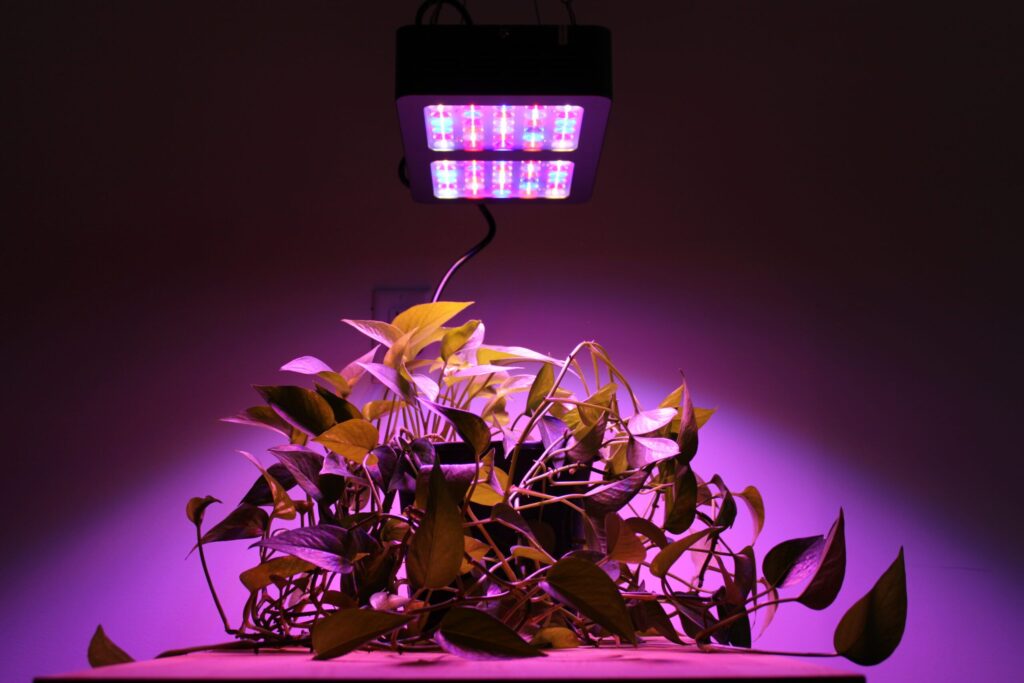
Not all LED grow lights are created equal. Different brands and models offer varying features, light spectra, and performance levels. It’s essential to research and choose the right light for your specific gardening needs to achieve the best results.
Conclusion
LED grow lights are a game-changer for indoor gardening, offering energy-efficient, customizable lighting solutions for optimal plant growth. With their numerous benefits and versatility, LED lights have become indispensable tools for both hobbyists and commercial growers alike.



